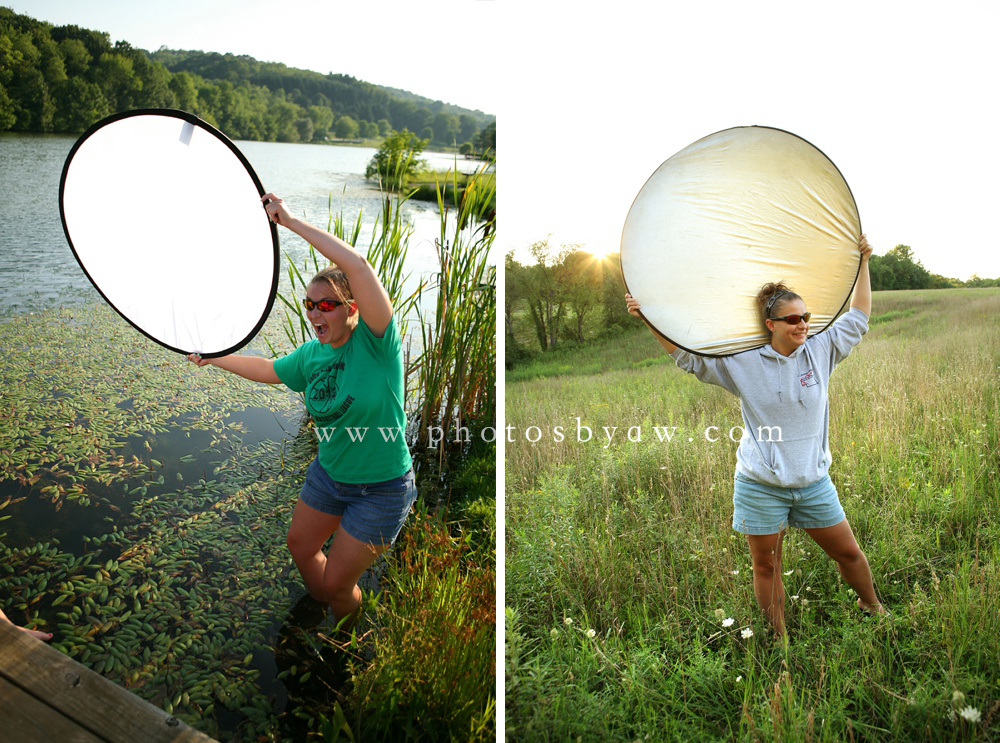

It’s the simplest way to do reflector photography: Just add light into shadows on your subject.
Triflector reflector photography how to#
I show how to use a reflector when shooting outdoors and in the studio, plus I explain how to use natural reflectors when you’re outside. In the next section, I discuss the practical details of reflective light photography. How to do reflector photography: 5 simple approaches They’re very cheap, and you can test out each type to determine what you like best for each situation.

Unless you’re dead set on a specific reflector type, I’d really recommend you go with a 5-in-1 option. The latter is useful if you often shoot in harsh light (especially if you can’t find nice shade). Then there are translucent reflectors, which are just handheld diffusers – put one between your subject and the harsh sun, and you’ll get a softer effect. Instead, they create shadows, also known as negative fill, which is nice for dramatic shots but not so great if you’re after conventional portraits. Whereas silver and gold reflectors create harsher light (and gold reflectors also give a very warm result, so they match well with the light of the setting sun).īlack reflectors, on the other hand, aren’t really reflectors. So what’s the difference? White reflectors tend to be both soft and neutral when you use a white reflector, you’ll get a very flattering, even result. Many 5-in-1 reflectors offer all of the above styles, as well as two additional types: Technically, a reflector can be made of anything – a mirror, the hood of a car, even a shiny pocketwatch – but photographers tend to use large sheets of fabric that look like this: What is a reflector?Ī reflector refers to any object that bounces, or reflects, light toward your subject. So if you’re ready to become a reflector photography expert, then let’s get started. A simple trick to create reflector photos, even when you don’t have a reflector handy!.



 0 kommentar(er)
0 kommentar(er)
